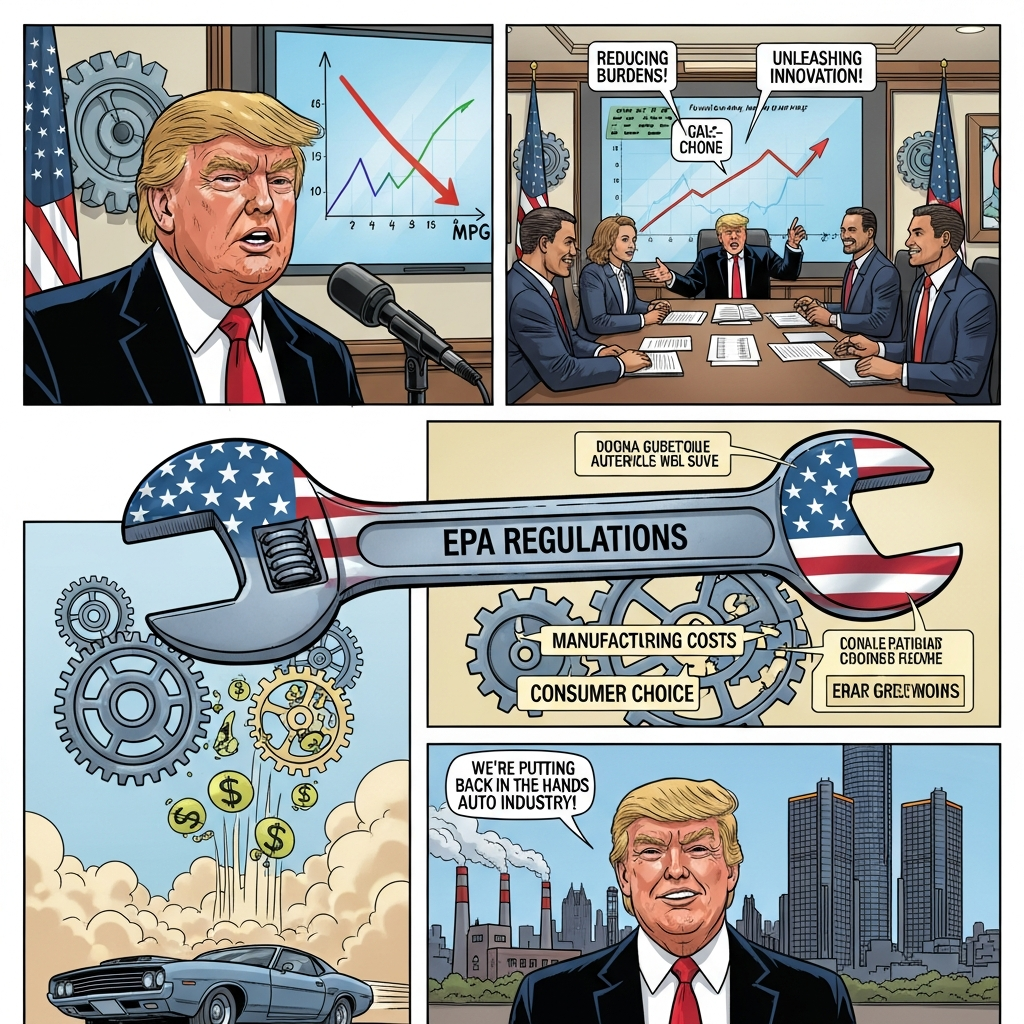tesla is navigating a challenging period, reporting a significant downturn in vehicle deliveries for the second quarter of 2025. The electric vehicle giant announced it delivered 384,122 vehicles during the quarter. This figure marks a substantial 13.5% decrease compared to the 443,956 units delivered in the same period just one year prior. The performance puts Tesla on a difficult path, potentially leading to its second consecutive year of declining sales as demand appears to falter.
Multiple factors are contributing to this challenging landscape for the automaker. Analysts and market observers point to a confluence of issues impacting consumer demand. These include growing backlash against the public actions and political stance of CEO Elon Musk and concerns about an aging vehicle lineup in a rapidly evolving market.
Deep Dive into the Q2 Numbers
The reported 384,122 deliveries for the second quarter of 2025 fell below many analyst expectations. According to financial research firm Visible Alpha, the average estimate from 23 analysts hovered around 394,378 vehicles. While some projections had been revised lower in the weeks leading up to the announcement, going as low as 360,080 units based on recent estimates from 10 analysts, the actual number still represented a clear miss against the broader consensus. Analysts closely watch delivery numbers as a key indicator to assess both a company’s production success and its ability to translate production into actual sales to customers. Interestingly, the market reacted somewhat positively immediately following the announcement. This indicates that the reported delivery numbers, while down significantly year-over-year, were not as dire as the most pessimistic forecasts had suggested in the preceding weeks.
The Impact of Elon Musk’s Public Profile
A significant and increasingly debated factor affecting tesla’s demand is the polarizing public image of its CEO, Elon Musk. His outspoken political activities and alignment with certain right-wing figures and parties, particularly in the United States and Europe, appear to be alienating a segment of Tesla’s customer base. Traditionally, Tesla buyers have often been associated with progressive and environmentally conscious values. This creates a stark divergence with Musk’s political leanings and public commentary.
Surveys and market data suggest that this divergence is having a tangible impact. A Morgan Stanley survey, for instance, indicated that a majority of investors believe Musk’s political involvement has negatively affected the business. Specific market performance data supports this view. Tesla has seen particularly sharp sales drops in European markets. In Germany, for example, sales reportedly plummeted by nearly 60% in January 2025 compared to the previous year, following incidents and commentary linked to Musk’s political leanings there. France also saw a significant 63% drop in January sales. Consumer backlash has manifested in various ways, including public protests and even reports of vandalism against Tesla properties. Experts note that unlike many traditional corporations, Tesla’s brand identity is deeply intertwined with its CEO, which historically was a strength but now appears to be a liability for some potential buyers. Regaining consumer trust and potentially separating the brand from Musk’s political activities are seen by some analysts as crucial steps for recovery.
Intensifying Market Competition
The global electric vehicle market continues to grow, but Tesla’s declining deliveries contrast sharply with this overall trend. This highlights another critical challenge: escalating competition. New entrants and established automakers worldwide are aggressively expanding their EV lineups. Companies like BYD from China are not only dominating their domestic market but are also making significant inroads globally, particularly in Europe.
BYD and other competitors are introducing a wider variety of models, including increasingly affordable and high-efficiency options. The success of models like the BYD Seagull points to a market shift towards lower-cost EVs, a segment where Tesla currently lacks a strong presence. This intensifying competition puts pressure on Tesla’s pricing strategies, innovation requirements, and overall market share. In China, Tesla’s market share has reportedly decreased significantly over the past five years. The growing number of compelling EV alternatives empowers consumers, demanding more features and better value, forcing Tesla to adapt rapidly to maintain its edge.
Product Lineup and Production Hurdles
While the “Musk effect” and external competition are major factors, internal product and production challenges also contribute to the delivery slump. Tesla’s current vehicle lineup, primarily consisting of the Model 3 and Model Y (which constitute the bulk of its sales), along with the Model S, Model X, and the newer Cybertruck, is seen by some as aging compared to the influx of newer models from competitors.
An effort to refresh the top-selling Model Y crossover earlier in 2025 aimed to boost demand. However, this redesign reportedly necessitated a production halt at some facilities. Furthermore, some potential buyers may have delayed their purchases in anticipation of receiving the updated version, potentially impacting Q2 numbers. Deliveries of newer models like the Cybertruck also saw a substantial drop in Q2, indicating potential issues with consumer interest or production/logistical problems with newer products. Delays in launching a more affordable vehicle, expected to be a pared-down Model Y variant initially slated for production by June’s end, also removed a potential catalyst for sales growth in the second quarter.
Financial Impact and Future Outlook
The delivery slump has had a notable impact on Tesla’s financial performance and stock value. The stock has lost roughly 25% of its value so far this year. Investor fears regarding brand damage in key markets like Europe and the US, linked to Musk’s public actions, have played a role in this decline. A stark example cited is an estimated $150 billion drop in market value on the day of a public disagreement between Trump and Musk earlier in the year, although the stock has partially recovered since.
Most of Tesla’s revenue and profit still come from its core EV sales business. However, a significant portion of its valuation is tied to CEO Musk’s ambitious long-term vision, particularly his bet on converting Tesla vehicles into robotaxis. The company did roll out a limited robotaxi service pilot in Austin, Texas, for a select group with restrictions, including a safety monitor. However, this pilot was small, involving only about a dozen vehicles, and has already attracted scrutiny, with the US National Highway and Transportation Safety Administration opening an investigation into the launch of this autonomous ride service. While the robotaxi future is key to the long-term valuation, its current phase had minimal impact on the core Q2 delivery numbers.
Looking ahead, Wall Street analysts widely anticipate a second consecutive annual sales decline for Tesla this year. For Tesla to achieve Musk’s stated target of returning to delivery growth in 2025, it would need to deliver over a million units in the second half of the year. Analysts consider this a record requirement and a very challenging target, even considering that sales are typically stronger in the latter half of the year. Expert opinions on Tesla’s future are mixed. Some analysts like Dan Ives remain optimistic, viewing the current challenges as temporary operational or logistical hurdles. Others, however, express pessimism, pointing to weakening demand in critical markets and the broader impact of reduced government incentives on profitability. The company faces a complex task in managing external market dynamics, internal operational issues, and the unique impact of its CEO’s public profile to rebound in the coming quarters.
Frequently Asked Questions
Why did Tesla vehicle deliveries drop sharply in Q2 2025?
Tesla’s vehicle deliveries in Q2 2025 saw a significant 13.5% year-over-year drop due to several combined factors. Primary reasons include public backlash against CEO Elon Musk’s political activities, which is reportedly alienating traditional buyers and damaging brand image in key markets like Europe and the US. Additionally, the company is facing increasing competition from other EV makers globally and is dealing with an aging vehicle lineup, despite a recent refresh of the Model Y which also caused temporary production issues.
How did Tesla’s Q2 2025 delivery numbers compare to analyst expectations and historical performance?
Tesla delivered 384,122 vehicles in Q2 2025, which was down 13.5% from 443,956 vehicles delivered in Q2 2024. This marked a second consecutive quarter of declining year-over-year sales. While analysts on average expected slightly higher deliveries (around 394,000), some forecasts had recently been revised much lower (to around 360,000). The market reaction was somewhat positive, as the actual number was better than the most pessimistic recent estimates, despite being a miss against the broader average and a significant annual decline.
What challenges must Tesla overcome to meet its sales targets for the rest of 2025?
To achieve its goal of returning to overall annual delivery growth in 2025, Tesla needs to deliver over a million vehicles in the second half of the year. This is considered a challenging target by analysts. Key hurdles include overcoming the negative impact of CEO Elon Musk’s controversial public profile, navigating increasingly fierce competition from global rivals like BYD, stimulating demand despite an aging model lineup, successfully ramping up production of newer or refreshed models without delays, and potentially introducing a more affordable vehicle to address shifting market preferences.
The outlook for Tesla in the latter half of 2025 remains uncertain. The company must effectively address the multifaceted challenges stemming from demand issues linked to its CEO’s public image, intense market competition, and internal production and product development hurdles. Achieving a return to growth this year will require significant effort and strategic adjustments, particularly given the ambitious delivery targets needed to reverse the downward trend seen in the first half.



